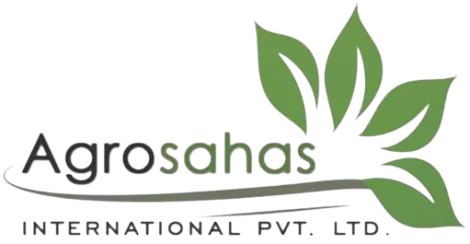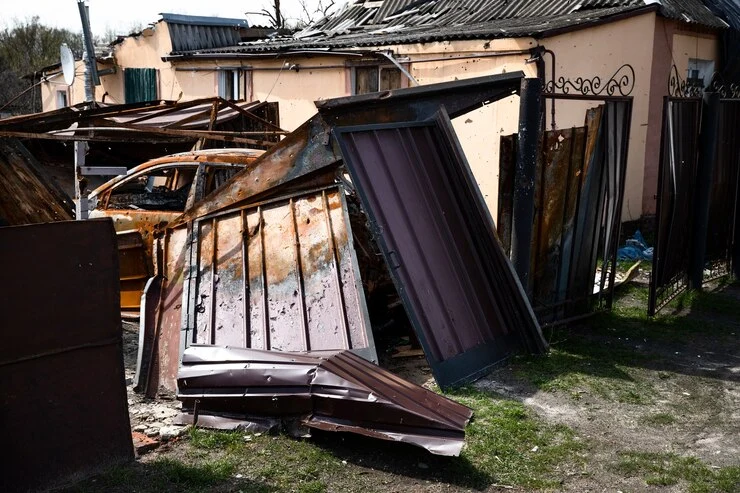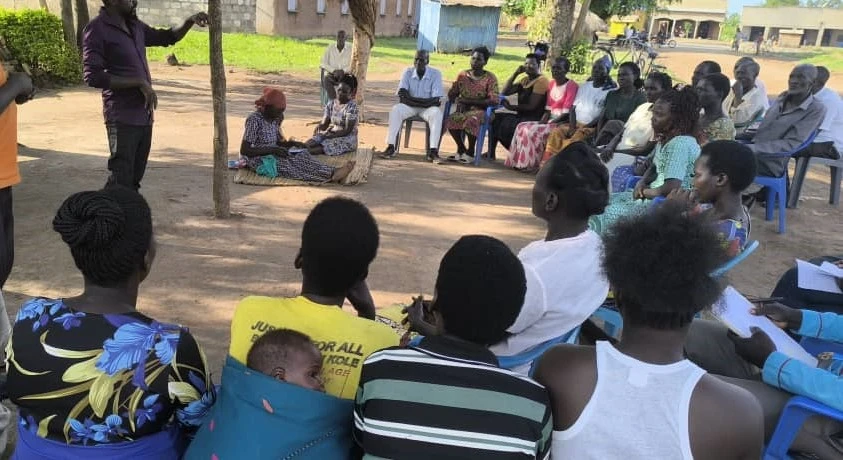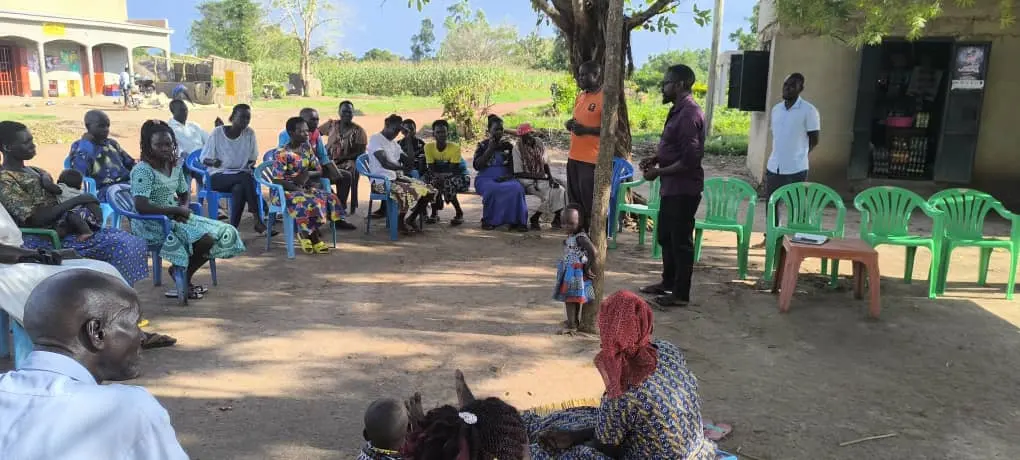Disasters, whether natural or man-made, can have devastating effects on communities, economies, and ecosystems. Effective disaster response and recovery are crucial for mitigating these impacts and ensuring a swift return to normalcy. Agrosahas International PVT LTD plays a pivotal role in this process, embracing the “Build Back Better” approach to foster resilience and sustainable recovery. In this blog, we explore the importance of disaster management, recovery techniques, and how Agrosahas contributes to building back better.
What is “Build Back Better” in Disaster Management?
“Build Back Better” (BBB) is a holistic approach to disaster recovery that aims not just to restore communities to their pre-disaster state but to improve them. The concept focuses on enhancing resilience, reducing vulnerabilities, and fostering sustainable development. This means incorporating disaster risk reduction measures into the reconstruction and recovery process to ensure that communities are better prepared for future hazards.
Key Principles of Build Back Better
- Resilient Infrastructure: Rebuilding infrastructure to withstand future disasters.
- Sustainable Practices: Promoting sustainable development and environmental stewardship.
- Inclusive Recovery: Ensuring that recovery efforts benefit all segments of the community, including marginalized groups.
- Community Participation: Engaging local communities in the planning and implementation of recovery efforts.
What is Disaster Recovery and Can the Techniques for Backup and Recovery Be Used for Disaster Recovery?
Disaster recovery involves a series of actions taken to restore a community, organization, or ecosystem to its functional state after a disaster. This includes immediate response efforts, as well as long-term rebuilding and rehabilitation.

Techniques for Backup and Recovery
In the context of data management, backup and recovery techniques are crucial for ensuring data integrity and availability. These techniques can be applied to broader disaster recovery efforts:
- Data Backup: Regularly saving copies of critical data to ensure it can be restored in case of loss.
- Redundant Systems: Implementing duplicate systems that can take over in case of primary system failure.
- Disaster Recovery Planning: Developing and testing plans for restoring operations after a disaster.
These principles can be applied to physical disaster recovery by ensuring critical infrastructure and services have redundancies and backup plans in place.
Why is the Recovery Phase Important in Disaster Management?
The recovery phase is vital because it determines the long-term resilience and sustainability of affected communities. This phase focuses on rebuilding infrastructure, restoring services, and revitalizing the economy.
Importance of the Recovery Phase
- Restoration of Livelihoods: Helping people regain their means of income and improving economic stability.
- Reconstruction of Infrastructure: Rebuilding homes, roads, schools, and hospitals to improve community resilience.
- Psychological Recovery: Providing mental health support to help individuals cope with trauma and loss.
- Environmental Rehabilitation: Restoring ecosystems and reducing environmental risks for future resilience.
What is the Importance of Disaster Preparedness and Recovery Plan?
A well-prepared disaster response and recovery plan is critical for minimizing the impacts of disasters and ensuring a swift recovery. Preparedness involves proactive measures to predict, prevent, and mitigate disaster effects.
Importance of Preparedness and Recovery Plans
- Risk Reduction: Identifying and addressing potential hazards before they result in disasters.
- Efficient Response: Ensuring that response efforts are organized, timely, and effective.
- Resource Management: Allocating resources efficiently to meet the needs of affected communities.
- Community Resilience: Enhancing the ability of communities to withstand and recover from disasters.

Agrosahas’ Role in Disaster Response and Recovery
Agrosahas International PVT LTD is committed to playing an active role in disaster response and recovery, focusing on agricultural and rural community resilience. Here’s how Agrosahas contributes to building back better:
1. Resilient Agricultural Practices:
Agrosahas promotes sustainable farming techniques that enhance soil health, conserve water, and reduce dependency on chemical inputs. These practices help farmers withstand extreme weather conditions and recover quickly from adverse events.
2. Community Education and Training:
Agrosahas conducts training programs for farmers and rural communities on disaster preparedness and sustainable agricultural practices. By educating local communities, Agrosahas ensures that they are better equipped to handle disasters and recover more effectively.
3. Infrastructure Support:
Agrosahas supports the reconstruction of critical agricultural infrastructure, such as irrigation systems, storage facilities, and farm-to-market roads. These improvements help restore productivity and enhance resilience against future disasters.
4. Financial Assistance and Resources:
Agrosahas provides financial support and resources to farmers affected by disasters, helping them rebuild their livelihoods. This includes providing seeds, tools, and other essential supplies to restart agricultural activities.
5. Partnerships and Collaborations:
Agrosahas collaborates with government agencies, non-profits, and international organizations to coordinate disaster response efforts and ensure comprehensive recovery support. These partnerships enhance the effectiveness and reach of recovery initiatives.
Conclusion
Agrosahas International PVT LTD’s commitment to disaster response and recovery embodies the principles of “Build Back Better.” By promoting resilient agricultural practices, providing education and training, supporting infrastructure development, offering financial assistance, and fostering partnerships, Agrosahas helps communities not only recover from disasters but emerge stronger and more resilient. Effective disaster preparedness and recovery plans are essential for minimizing the impacts of disasters and ensuring sustainable development. As we continue to face the challenges of a changing climate and increasing natural hazards, the role of organizations like Agrosahas becomes ever more critical in building a safer, more resilient future for all.




